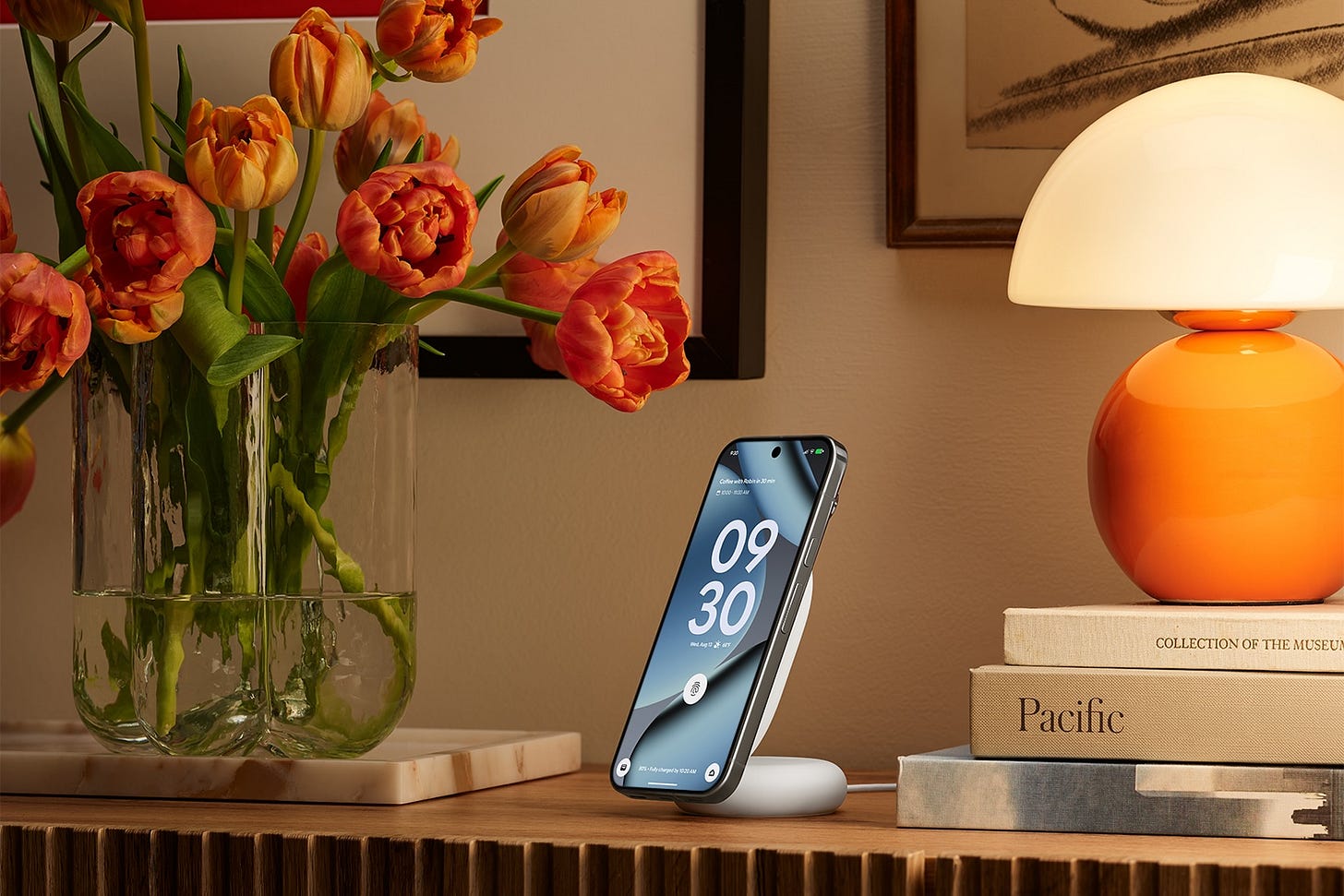With Google's Pixelsnap, Android finally catches up to Apple
The Pixel joins the MagSafe party with Qi2 magnetic wireless charging
Google’s latest Pixel 10 phones, which were announced last week, don’t come with many external physical changes. The most tangible hardware addition across the lineup, in fact, is completely invisible: a set of magnets beneath the phones’ back panels.
With the new Pixelsnap system, Google is the first major Android manufacturer to finally catch up to Apple’s MagSafe. Apple launched its magnetic wireless charging system on the iPhone 12 range in 2020, and it’s quietly become one of the best things about using an iPhone.
MagSafe has enabled a whole range of accessories and use cases that let you keep your phone powered up without having to mess around with cables, whether you’re using a slimline portable magnetic battery or a handy charger clipped onto your car’s AC vents. It’s one of those things that’s hard to go without once you’re used to it — and I feel this almost every day as someone who constantly bounces back and forth between iOS and Android.
Now Google is finally bringing Android up to speed. Pixelsnap works with the Qi2 standard, allowing for fast wireless charging at up to 25W on the Pixel 10 Pro XL, or up to 15W on the Pixel 10, 10 Pro and 10 Pro Fold. Google is selling a $39.99 Pixelsnap charging puck that looks similar to Apple’s MagSafe equivalent and can be slotted into a vertical charging stand. There’s also a Ring Stand attachment that doesn’t provide any power itself but uses the same magnets to provide a kickstand that can prop your phone up in landscape or portrait mode.
This is great news for Pixel fans — or at least new Pixel buyers — who’ll now be able to see what the MagSafe hype was all about. Qi2 is backwards-compatible with MagSafe, in fact, since Apple itself contributed to the standard, so a huge range of accessories designed for iPhones will now work with Pixel phones as well.
That raises an obvious question, though: what exactly took so long, given that Qi2 launched in 2023 and is an open standard based on existing technology that anyone can use?
Keep reading with a 7-day free trial
Subscribe to Multicore to keep reading this post and get 7 days of free access to the full post archives.



